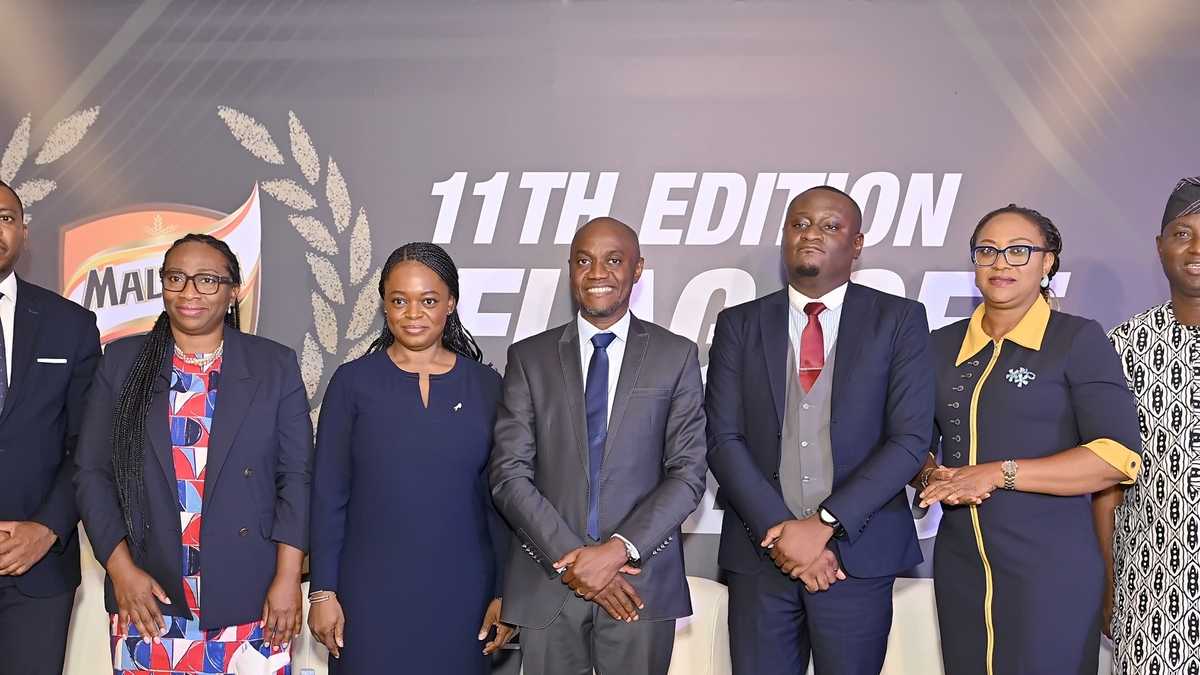Google expands Gemini AI for classrooms. But is Africa in the room?
Google on Monday announced a series of updates designed to bring its Gemini AI deeper into schools. At the ISTE edtech conference, the company introduced over 30 new AI-powered tools for teachers, a dedicated version of its Gemini app for education, and broader access to its collaborative video creation tool, Google Vids. The updates are part of Google’s wider plan to integrate AI across its suite of education products, including Chromebooks and Google Workspace for Education.
The updates come at a time when educators around the world are still trying to adapt to how generative AI is reshaping learning environments. Tools like ChatGPT, along with a wave of startups promising to help students “cheat on everything,” have left schools grappling with how to enforce academic integrity and define meaningful learning.
Many students now turn to AI models for homework support or to generate full assignments, reducing their reliance on traditional classroom explanations. Higher education institutions, meanwhile, are still trying to determine whether existing plagiarism detectors can reliably identify AI-written content.

Against this backdrop, Google is moving quickly to embed AI as a core classroom tool. The company says its approach to “responsible AI” is designed to enhance teacher-led instruction by making learning more personalized and engaging.
Since first announcing plans to bring Gemini to the classroom in 2023, Google has now made the AI suite freely available to all Google Workspace for Education users. The platform includes tools that let teachers generate lesson plans, brainstorm ideas, and tailor learning content to individual students.
In the coming months, Google will introduce the ability for teachers to create interactive study guides using Notebook LM, its AI research and note generation tool, directly linked to classroom materials.
Teachers will also be able to build customized AI assistants called “Gems,” which are designed to serve as subject-specific AI experts. These “Gems” will use class-specific content to answer questions, explain concepts, and support students in real time, a shift that essentially brings student-AI interaction under the teacher’s control, rather than leaving it up to external chatbots.

Google also announced real-time integration between its Read Along feature and Classroom, giving students personalized AI-powered reading assistance. At the same time, the company is expanding access to Google Vids, allowing both teachers and students to generate instructional or assignment-based videos using AI.
Additional updates include tools to track student progress, analyze engagement, protect user data, control access to Gemini and Notebook LM, and manage features like Meet waiting rooms. A new “Class Tools” mode on managed Chromebooks allows teachers to share content directly with students’ screens including videos, articles, and quizzes while restricting open browsing to help students stay focused. These tools can also be localized by language to support a more inclusive classroom experience.

Google’s education-focused AI rollout may be global, but its success will depend heavily on local infrastructure. In Ghana, where schools are still battling inconsistent internet access, limited teacher training in digital tools, and device shortages, the promise of AI-driven personalization is still out of reach for most.
While the Gemini suite is now free, it assumes high-speed connectivity, consistent power, and a baseline of digital literacy among teachers. Without government and private sector investment in these areas, the gap between AI-enabled schools and everyone else could widen, reinforcing digital inequities rather than solving them.
For African policymakers and education startups, the challenge is twofold:
Google is not waiting. These tools are live. The question is whether African education systems will engage proactively or respond too late, after the models, content, and methods are already standardized elsewhere.
As AI moves from being a side tool to a central layer in classrooms, the decisions made now about access, infrastructure, and local content development will define whether African learners are shaped by the system or help shape it. The edtech playbook is changing. And right now, it’s being written in Mountain View — not Accra, Lagos, or Nairobi.











